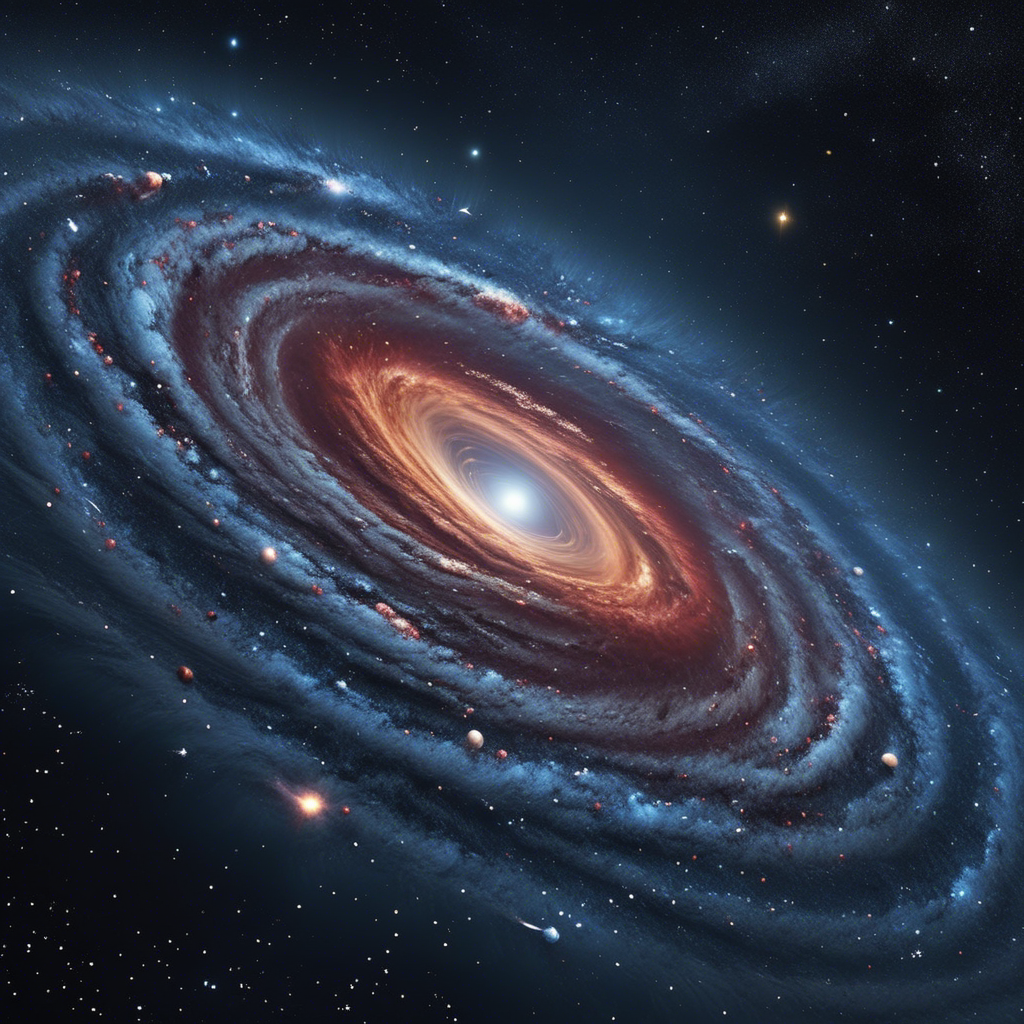Black holes are among the most fascinating and mysterious objects in the universe. These cosmic monsters are regions of spacetime where gravity is so strong that not even light can escape, making them invisible to our telescopes. Despite their elusive nature, scientists have made significant progress in understanding the physics of black holes, and their study has led to a deeper understanding of the universe and its fundamental laws.
What is a Black Hole?
A black hole is a region of spacetime where the gravitational pull is so strong that it warps the fabric of spacetime around it. This warping creates a boundary called the event horizon, which marks the point of no return. Once something crosses the event horizon, it is trapped by the black hole’s gravity and cannot escape.
The Formation of Black Holes
Black holes are formed when a massive star collapses in on itself. The star’s gravity becomes so strong that it warps spacetime, creating a singularity at its center. The singularity is a point of infinite density and zero volume, where the laws of physics as we know them break down.
Types of Black Holes
There are four types of black holes, each with different properties and origins:
- Stellar Black Holes: These are the smallest and most common type of black hole, formed from the collapse of individual stars.
- Supermassive Black Holes: These are the largest type of black hole, found at the centers of galaxies and with masses millions or even billions of times that of the sun.
- Intermediate-Mass Black Holes: These black holes have masses that fall between those of stellar and supermassive black holes.
- Primordial Black Holes: These are hypothetical black holes that may have formed in the early universe before the first stars formed.
The Physics of Black Holes
The study of black holes has led to a deeper understanding of the universe and its fundamental laws. Some of the key concepts in the physics of black holes include:
- General Relativity: Einstein’s theory of general relativity describes the curvature of spacetime around massive objects, including black holes.
- Gravitational Time Dilation: Time dilation occurs when time passes differently near a massive object, such as a black hole.
- Frame-Dragging: The rotation of a black hole creates a “drag” effect on spacetime around it, causing it to twist and rotate along with the black hole.
- Hawking Radiation: In the 1970s, Stephen Hawking proposed that black holes emit radiation, now known as Hawking radiation, due to quantum effects near the event horizon.
Observational Evidence for Black Holes
While black holes themselves are invisible, their presence can be inferred by observing the effects they have on the surrounding environment. Some of the observational evidence for black holes includes:
- X-rays and Gamma Rays: Telescopes can detect X-rays and gamma rays emitted by hot gas swirling around black holes.
- Radio Waves: Radio telescopes can detect radio waves emitted by matter as it spirals into a black hole.
- Star Motions: Astronomers can observe the motions of stars near a suspected black hole to determine if they are being affected by its gravity.
- Gravitational Waves: The detection of gravitational waves by LIGO and VIRGO provide strong evidence for the existence of black holes.
The Mysteries of Black Holes
Despite the significant progress made in understanding black holes, there is still much to be learned. Some of the biggest mysteries surrounding black holes include:
- Information Paradox: The laws of quantum mechanics suggest that information cannot be destroyed, but the laws of general relativity imply that it can be lost in a black hole.
- Singularity: The laws of physics break down at the singularity, making it difficult to understand what happens to matter and energy that falls into a black hole.
- Black Hole Entropy: The entropy, or disorder, of a black hole is still not well understood.
Conclusion
Black holes are fascinating objects that continue to intrigue scientists and the public alike. The study of black holes has led to a deeper understanding of the universe and its fundamental laws, and has raised new questions and mysteries that remain to be solved. As our understanding of black holes continues to grow, we may uncover new secrets about the universe and its most mysterious objects.


